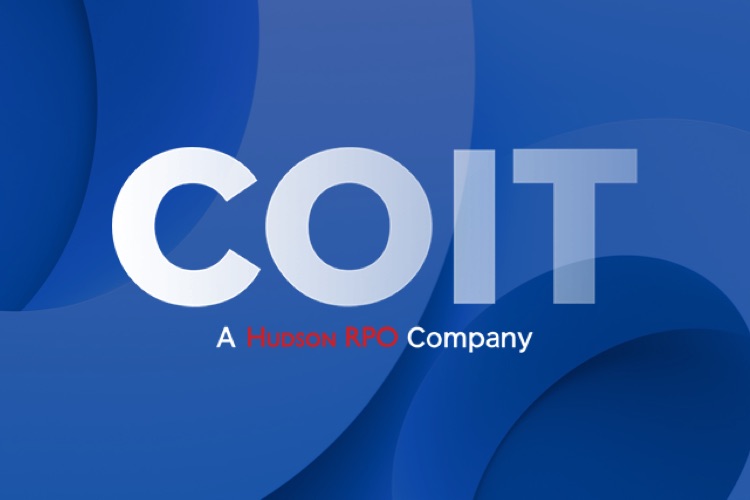The reskilling era poses challenges to the big picture of many organizations. It also puts pressure on leaders because they now need to learn new ways of thinking in order to take on the imperative role of facilitator-in-chief.
We’ve all experienced that learning new things becomes more difficult when we get older as it’s harder to bounce back from making mistakes as an adult. So, what can leaders do to create an environment of psychological safety where employees feel supported but still productively challenged?
That’s exactly what four members of the Consortium for Advancing Adult Learning & Development (CAALD), Lynda Gratton, David Rock, Tim Welsh, and Joe Voelker, discussed at one of their meeting’s sessions. They outlined their conclusions in a McKinsey & Company article.
Look to the Future
Most people think that reskilling means taking a course in a new skill. However, reskilling actually often comes from the job itself. This means that leaders need to thoroughly think about the way they structure jobs, how they allow movement across positions at their organization, and ways to enable their employees to build new skill sets.
As a leader, it’s important to influence your employees to consider what they are going to do next, because jobs change over time. Have honest and straightforward conversations about the near future of the company, potential changes that may come about, and how those changes could potentially affect employees.
Market changes are also occurring constantly, so you must actively transition the culture at your company to reward those who are committed to life-long learning – and unlearning, because the traits and skills that helped them get the position in the first place may no longer be sufficient. Encourage your employees to focus on rapid innovation so your business will survive and thrive in the future.
Create a Safe Learning Space
Leaders should foster an environment that paints opportunities for the future and enables employees to thrive. Giving people a new sense of purpose will create the ideal space for innovation and growth. One way of doing this is to allow employees to set their own goals and have agency when it comes to organizing their schedules and the approach they take towards their tasks.
As a leader, you also need to show your employees that making mistakes is okay and is a natural part of the learning process. It’s difficult learning new things as an adult, so leaders need to be mindful of demonstrating healthy ways to think about failure. Be honest about your own learning failures.
Follow a Service-Leadership Method
In the world of reskilling, a good leader will be a person who acts in service to others and empowers their team members to accomplish things independently. The strongest type of leader is a facilitator with a growth-oriented mindset, which requires humility.
Empathy is also an integral trait of a strong leader. There is a lot of division in the current world, and leaders should strive to bring people together. It can be challenging to empathize with those who come from different socioeconomic, educational, and racial backgrounds, but a good leader must work hard to bridge the gaps within their organization.
Be mindful to not allow the power that comes with being in a leadership position to go to your head. We live in an era where it’s way too common to treat people like numbers, but the leaders and organizations that will succeed are those that put human values first and foremost, at their core.
* * *
You can read more about Redefining the Role of the Leader in the Reskilling Era at McKinsey & Company.
Newsletter
Blog Categories
Recent Posts

[Tech x Talent Dashboard] It’s time to change DEI metrics and tactics

3 Quick Tips to Improve Your Hiring Process

Beyond the Checkbox: DEI in 2024 and Beyond

The Unexpected Secret to Effective Rapid Response Hiring




